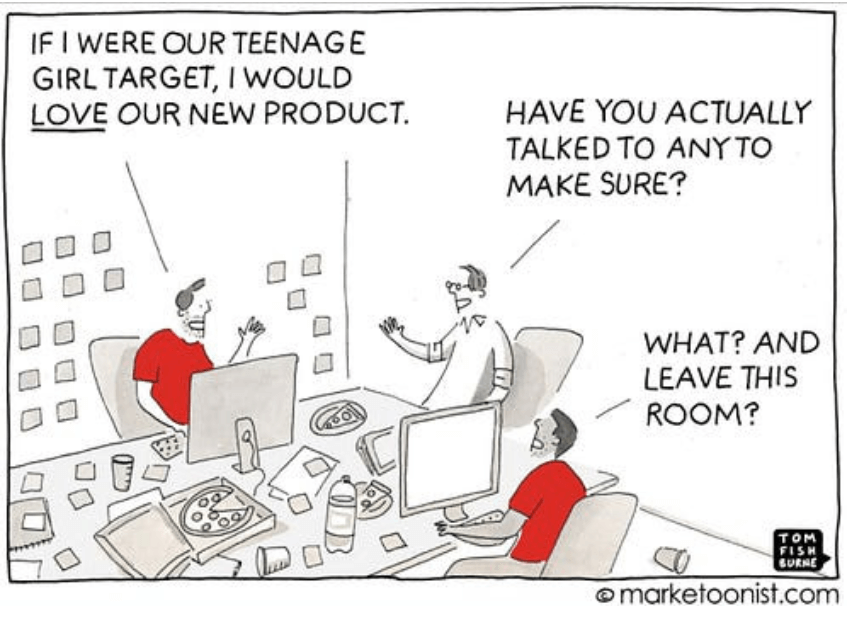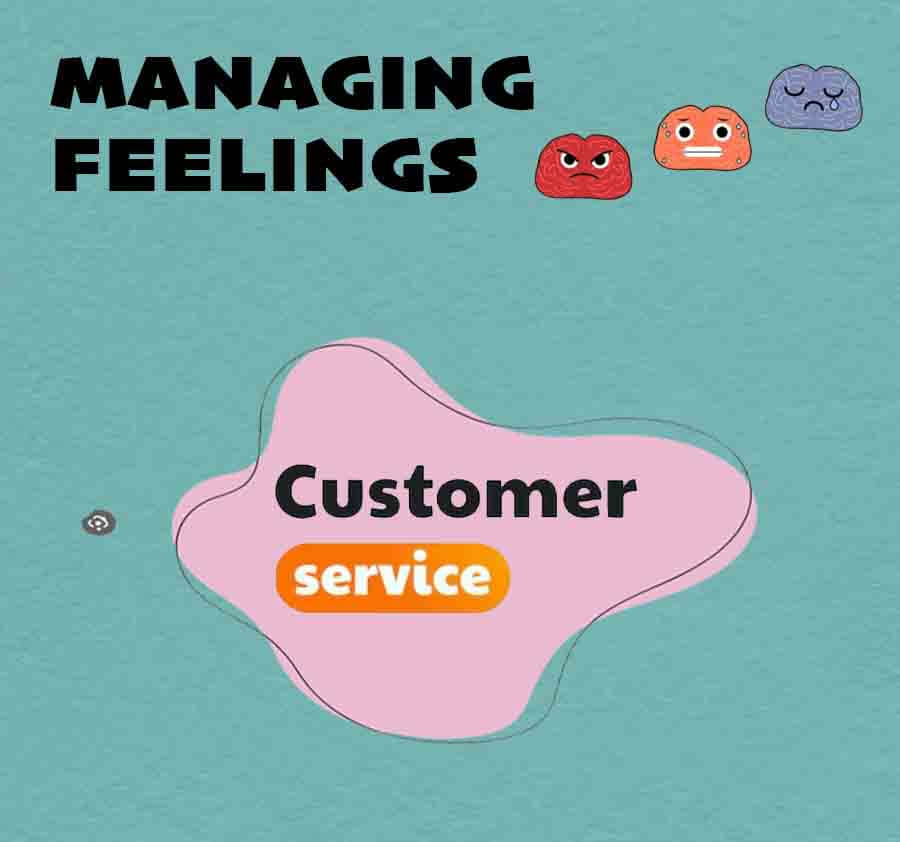
Meetings, docs, features shipped – these are “enforceable.”
Not talking to customers.
When you speak with your customers asking about reviews, feedback, opinions – why are they not being completely honest and always biased? Getting accurate information from your customers is almost impossible. And, yet, essential.
Reason (most of the times):
- they have no idea about how your product should work but interested in solving their problems only
- they give non-committal compliments as they try to protect your feelings around your product ideas
- they can’t predict solutions
Because, we have a desire to build something that is truly valuable to our customers and to do that, we have to ensure what we are building truly makes their lives better. So, how do they discover right products for themselves?
Product opportunities always start with hypothesis.
Product development is confronted with the constant challenge of supplying the customers with a product that exactly meets their need. Customers buy products because they find themselves with a problem they would like to solve. With an understanding of the “job” for which customers find themselves “hiring” a product, companies can more accurately develop products to help customers with what they are trying to do. (read more on job-to-be-done here)
Where do hypothesis come from?
- observations,
- personal opinions,
- previous experiences
- the discovery of patterns
- analogies
- anomalies
- confluences
- extremities
- frustrations
- outliers in data
Let’s take an example: iPod
There was Walkman with few hundred music – not a complete list of music.
And there was digital music on internet at one place – restricting mobility.
Customers wanted the thousand songs in their pocket while they are on the move.
Enter iPod.

“People don’t buy stuff, they buy what stuff does for them.”
-Theodore Levitt
How do we Improve Product Discovery?
Through a “Useful Conversation”.
The measure of usefulness of an customer conversation is whether it gives us concrete facts about our customers’ lives and world views. These facts, in turn, allow us to improve our products, and business. But, trying to learn from customer conversations is like excavating a delicate archaeological site. These conversations take time, and go wrong in a nefarious way. Bad customer conversations aren’t just useless. Worse, they convince you that you’re on the right path. They give you a false positive which causes you to over-invest your cash, your time, and your team. Through a “Useful Conversation”.
How do we ensure a “Useful Conversation” then?
The Mom Test.
What is Mom Test? People say you shouldn’t ask your mom whether your business is a good idea. Your mom will lie to you the most (just because she loves you), but it’s a bad question and invites everyone to lie to you at least a little.
Let’s take a look on following conversation example:

The above conversation gave us rope to hang ourselves.

The second conversation gave us actionable insight. Why?
Mom was unable to lie to us? Why?
Because we never talked about our idea. The conversation was around her life.
That was a useful conversation.
It’s not anyone else’s responsibility to show us the truth. It’s our responsibility to find it. We do that by asking good questions. Here are 3 simple rules to help you. They are collectively called The Mom Test.
(It’s called The Mom Test because it leads to questions that even your mom can’t lie to you about. When you do it right, they won’t even know you have an idea.)
1. Talk about their life instead of your idea. – Hypotheticals are mostly worthless. They are essentially opinions. Questions about facts are best.
2. Ask about specifics in the past instead of generics or opinions about the future. – “Do you think this is a good idea?” is worthless. It’s a future hypothetical opinion. People will again protect your feelings.
3. Talk less and listen more. – Dig the layer deeper beyond what customers ask. There is valuable information.
Frame the conversation. Keep it casual. Ask good questions which pass ‘The Mom Test’.
Deflect compliments, anchor fluff, and dig beneath signals.
The goal of this process is twofold. Firstly, to make sure you’re spending your time well by attacking the questions which really matter and using the whole founding team’s brains. Secondly, to spread any new learning through your team as quickly and completely as possible.
References:
“The Mom Test” by Rob Fitzpatrick
Image source: “baremetrics.com/blog/startup-product-market-fit“


 Swipe for more stories
Swipe for more stories
Comments